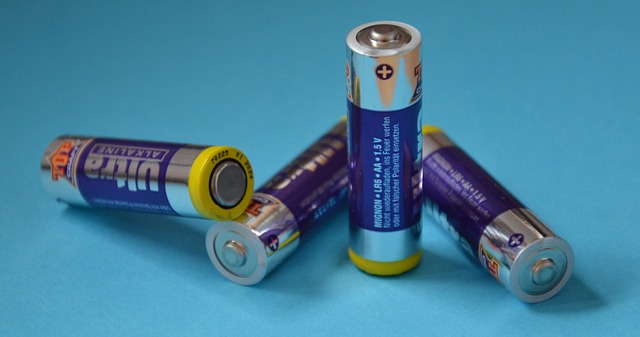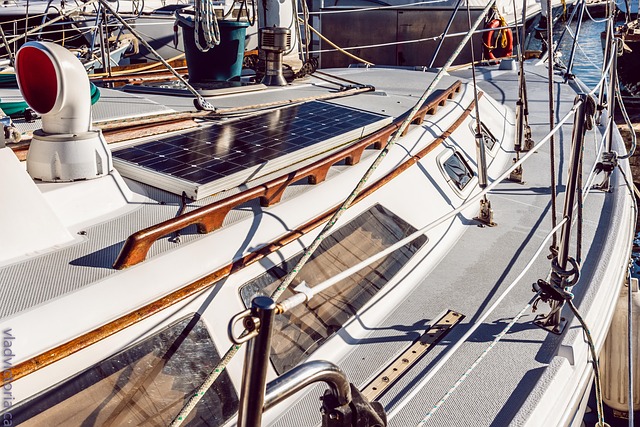Semi-Solid Lithium-ion Battery-Definition, Cost, Market
Oct 12, 2019 Pageview:1355
A semi-solid flow battery is a type of flow battery that uses solid battery active materials or compromises of solid species in the energy-carrying fluid. The interesting thing is that research team at MIT suggested this concept utilizing materials of lithium-ion batteries. In such type of system, both negative electrode (anode) and positive electrode (cathode) compromise of active material particles along with carbon black suspended in the liquid electrolyte.
If you are active in the world of batteries and curious to know real facts about semi-solid lithium-ion batteries, then you have come to the right page.
There is no secret that semi-solid lithium-ion battery is a trendy topic of all the time. Here, we unearth the things about this battery - cost trend of it, and what place it holds in the future battery. So, be patient and continue reading the post to uncover what makes the semi-solid lithium-ion battery a popular topic.
What Is Semi-Solid Lithium-ion Battery?
A startup battery company founded as a spin-off from MIT, 24M claims that it has made a breakthrough in making semi-solid lithium-ion battery cells featuring an energy density that exceeds 350Wh per kg. MIT professor ht upon the concept of integrating active materials in the electrolytes together before creating the cell, instead of injecting the electrolyte into a slurry, thought to be a more efficient procedure for creating cells.
Unlike a traditional technology where they utilize solvent and kind of deposit material and afterward, throw it all up and afterward, injected the electrolyte in the end, we integrate it at the beginning. Absolutely, they mix the cathode and anode separately so they can place a separate electrolyte in the anode, known an acolyte or the cathode, known as catholyte.
The separation not only enables ions to pass but let the electrolytes pass. Keeping them separated open up huge options on which electrolytes to select, and it means that individual batteries can be customized to unique approaches in the battery.
24M will open up its 1st pilot production line at the end of this year. This approach of creating high energy density versions of lithium batteries will let ways tune the electrolyte, enhance the voltage, make the quick charge, low discharge technologies.
The semi-solid way is distinctly different from solid-state technology. In other words, solid-state batteries have gone through problems in finding solid materials with sufficient electrical conductivity, as well as experiencing problems with cathode-anode separators. As the battery charges & discharges, the active material changes shape and size, so they contract and expand through that entire charge and discharge process. What has occurred and as far as may continues to occur. That’s why the solid-state battery is five years off or more. Instead, 24M has introduced a liquid-solid interface, known as semi-solid. The dual electrolyte solution could boost cycle life and safety.
In short, we can say that semi-solid batteries are a hybrid between traditional solid ones and flow batteries with the following advantages -
· This new technology simplifies manufacturing and it does so by keeping the electrode material in a liquid state that needs no drying stage.
· It can be folded, bent or even penetrated by bullets without deteriorating.
· It enhances both durability and safety.
This reinvented lithium-ion battery could bring a change in the future for better.
Cost Trend of Semi-Solid Lithium-ion Battery
24M claims that reinvented lithium-ion batteries can be created at $100 per kilowatt-hour at scale or half the cost of current’s competition. And by utilizing a fluid-like set of electrodes that can be created into a working cell in 1 step, the startup says that its manufacturing facilities could be one-tenth the cost of current’s battery plans and come in much smaller and modular packages. Their primary purpose is to chop fifty percent out of today's cost of lithium-ion.
The semi-solid cell production procedure, in which active materials in electrolytes are integrated together before creating the cell, instead of injecting the electrolyte into a slurry makes compositionally distinct anolytes and catholytes, kept separated by an ionically conductive, which is a non-permeable separator. The startup claims this procedure, which forms electrodes 4 to 5 times thicker than in traditional devices, can lead to substantial cost savings on materials and production - claiming as much as fifty percent capital reduction in accomplishable overall.
Future Market of Semi-Solid Lithium-ion Battery
Are semi-solid lithium-ion batteries game changer? It appears that semi-solid batteries will be an indispensable battlefield in EV technology as they enable greater energy density as compared to the typical lithium-ion cells.
Last year, there was news of silicon being tested to boost their energy density along with a replacement for the liquid electrolyte with a polymer. In addition to boosting the energy density of the batteries minimizes its flammability - another issue found with the leading technology.
A lithium-ion battery is still leading battery chemistry. However, challenges abound and while many of them will only give a success signal in the lab, but hard to scale and commercialize. Some of them will sooner or later introduce as serious competitors given the amount of effort is going into the new battery research - semi-solid lithium-ion batteries.
The startup says that its new battery both reduces cost and boost battery performance. This could be important for the future of elective vehicles. Most importantly, the new investors are Koyocera Group and leading global trading company - ITOCHU Corporation for cost-effective lithium-ion battery manufacturing.
In short, we can say that they will revolutionize consumer devices and grid storage applications. As a result, you will no longer have to charge your device daily.
- Prev Article: Lithium-ion Battery Hybrid
- Next Article: 18650 Batteries In Parallel
Leave Message
Hottest Categories
-
Hottest Industry News
-
Latest Industry News













